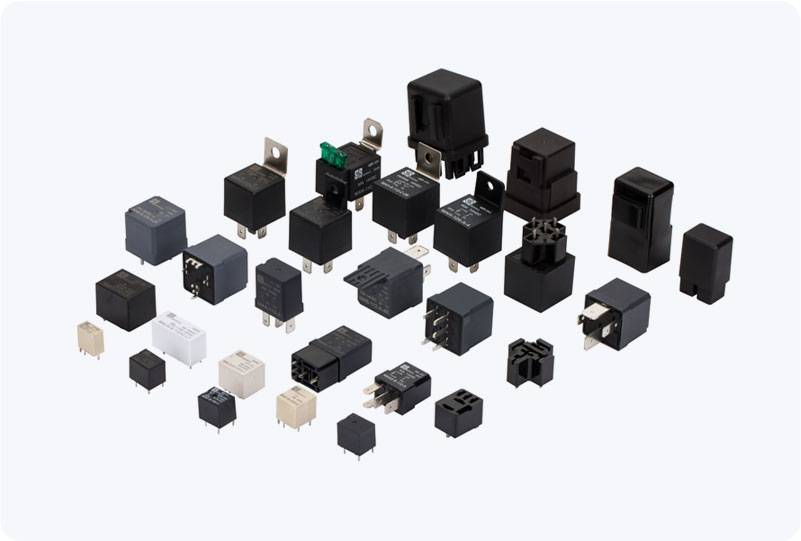understanding pcb electromagnetic relays: key components and applications
Release time:2025-08-25 09:04:52
A PCB electromagnetic relay is a crucial electronic component used to control the switching of electrical circuits via electromagnetic action. As technology progresses, relays remain essential in many applications, offering an efficient way to manage power and control systems without direct manual intervention. This article will explore the functionality, types, and uses of PCB electromagnetic relays, highlighting their significance in modern electronics.

What is a PCB Electromagnetic Relay?
A PCB electromagnetic relay consists of a coil (electromagnet), an iron core, and a set of electrical contacts that control the switching of the connected circuit. When a voltage is applied to the coil, an electromagnetic field is generated, which moves the iron core and triggers the switching mechanism. This action either closes or opens a set of contacts, allowing or stopping the flow of electrical current in a different part of the circuit.
The ability to isolate low-power control circuits from high-power output circuits is one of the defining features of relays. PCB electromagnetic relays can be directly mounted onto a printed circuit board (PCB), making them ideal for space-limited and compact designs.

